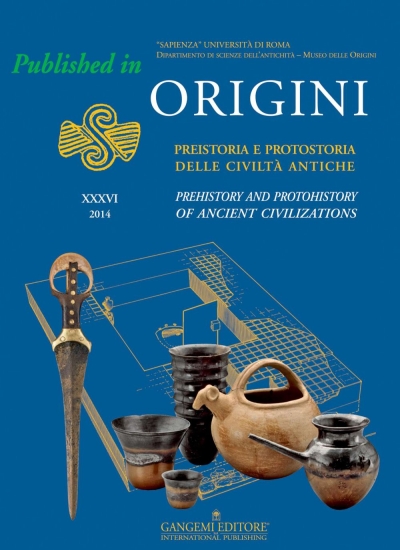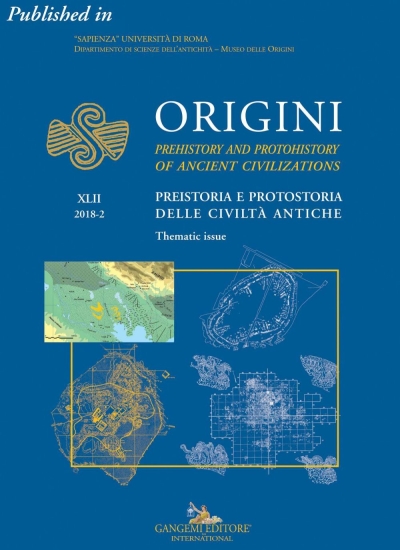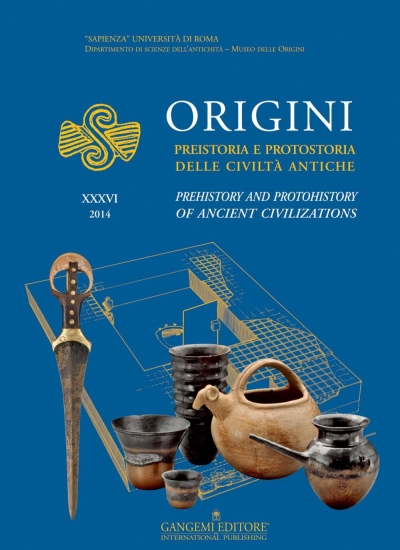Description
The aim of this paper is to provide a parallel account to the development of urbanism in ancient Egypt and Nubia and, in doing so, contribute the Nile Valley to this volume of comparative studies dedicated to Robert McC. Adams. The Nile Valley was the seat of multiple loci of urban development. The one that occurred in Upper Egypt in the context of the Naqadian culture was instrumental in defining the pattern of urban attributes of Pharaonic Egypt, but was not the only one. There is evidence of urban development already early in the fourth millennium BCE, in the context of the Lower Egyptian culture in the Delta. An alternative form of urbanism is further attested in Nubia from the end of the fourth-early third millennium BCE. A summary of the current knowledge on early cities in the Nile Valley is firstly provided, followed by a discussion on the origin of archaeological urban attributes in the fourth millennium BCE, emphasizing regional pathways and the social background that produced those attributes.






